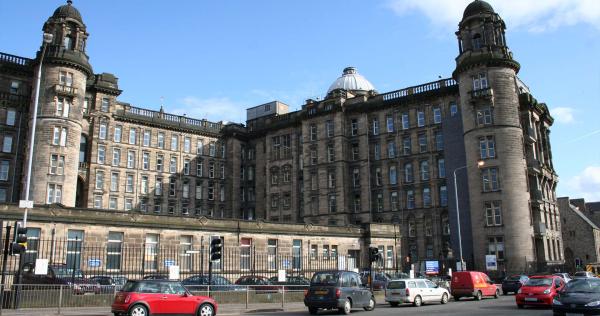World
Scottish Budget: Healthcare spending, staffing and activity | Institute for Fiscal Studies

Key Findings
1. Scottish health spending per person has grown considerably in real terms over time, from £1,659 per person in 1999–2000 to £3,073 in 2022–23 (in 2022–23 prices). Spending grew rapidly in the first decade after devolution, with average real growth of 5.0% per year between 1999–2000 and 2009–10, but at a much slower rate of 0.4% per year between 2009–10 and 2019–20. Spending rose rapidly during the COVID-19 pandemic, and although it has since fallen, spending per person remained 10% higher in 2022–23 than in 2019–20.
2. Spending per person on health was higher in Scotland than in either England or Wales at the start of devolution, but this gap has fallen over time. In 1999–2000, Scotland spent 22% more per person on health than England, but by 2019–20 this had fallen to 3% more per person. Under current plans, Scotland will spend around 3% more than England per person in 2024–25. In both 2018–19 and 2019–20, Wales spent more on health per person than Scotland, a trend that is set to continue under the current budgets of the devolved governments of both countries.
3. The number of staff working in the Scottish NHS has increased substantially since the start of the pandemic. In July–September 2023, the NHS employed 11% more consultants, 16% more junior doctors and 8% more nurses than pre-pandemic.
4. Measured hospital activity fell rapidly during the COVID-19 pandemic and has still failed to recover fully. In April–June 2023, the Scottish NHS treated 8% fewer elective day-case patients, handled 8% fewer emergency admissions and 8% fewer outpatient appointments and treated 21% fewer elective inpatient admissions than pre-pandemic.
5. Higher funding and staffing than pre-pandemic but lower hospital activity points to a large fall in measured NHS hospital productivity in Scotland. This fall is particularly concerning given the challenging fiscal situation the Scottish Government continues to face.
6. The number of patients on the elective waiting list in Scotland has grown by 87% since the start of the pandemic. The percentages of patients waiting less than 18 weeks for elective treatment and less than four hours in A&E departments have also fallen substantially since the start of the pandemic. Until the NHS can deliver more hospital activity than pre-pandemic, it is likely waiting lists and waiting times will continue to rise.
7. The apparent fall in hospital productivity in Scotland is similar in magnitude to that observed in the English NHS. But England has increased staff by more than Scotland, so the recovery in hospital activity has been much greater.
8. The elective waiting list has grown by less in England than in Scotland since the start of the pandemic, although definitions of included activity differ. Elective and A&E waiting times performance has been worse in England post-pandemic than in Scotland. By these measures of performance, neither country’s system is performing better across the board.
9. Demographic and cost pressures mean that health spending would need to increase in Scotland over time to provide the same level of service. The Scottish Fiscal Commission projects that Scottish health spending will need to grow by around 3% in real terms per year in the late 2020s and 2030s, compared with around 2% for all Scottish Government spending.
10. Much of this increase in spending will go towards increased staffing. However, the Scottish Government’s health and social care workforce plan only aims to increase NHS staffing by 1% over the five years from 2022. The English NHS workforce plan implies a 20–21% growth in NHS staff in England over the same period. This suggests that Scotland is likely to need to either increase staffing numbers and spending by more than planned increases, find ways to boost productivity significantly faster than is being planned in England, or live with a relative deterioration in NHS service quality







